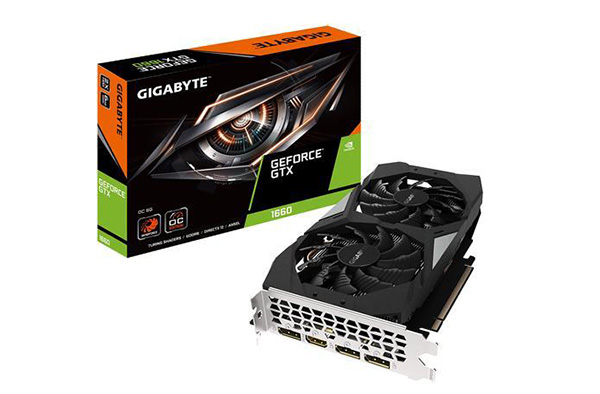Conclusion
One's viewpoint of the Nvidia GeForce GTX 1660 depends entirely on perspective....Nvidia has launched the GeForce GTX 1660 specifically to target the meat of the PC gaming market. Priced from £200, its silicon construction is eerily similar to the last-generation GTX 1060 from a back-end perspective. The big change rests with employing front-end Turing Cuda cores that are more efficient than Pascal.
Gamers don't tend to care about the machinations of how a company such as Nvidia enables performance. What they do care about is that a £200 card ought to offer excellent performance at a FHD resolution and adequate framerate at QHD. In essence, they are searching for a PS4 Pro- or Xbox One X-like gaming experience on a computer monitor.
Framed in these terms, GeForce GTX 1660 is decent. Every one of our tested games runs smoothly at 1080p, and if you have an adaptive-framerate monitor, there's every reason to believe that QHD will be smooth, too. Coming from running a much older card or integrated graphics? The GeForce GTX 1660 effectively turns your PC into a leading-edge console.
This commentary sounds rather good for Nvidia, especially in a graphics package that can be small, quiet, and cool, as shown by the Gigabyte OC card. Then there's technology such as variable-rate shading that, now part of DX12 and if implemented well, gives Turing a nice leap up from Pascal for no perceivable loss in image fidelity. Sounds rosy.
Yet critical analysis also reveals that GTX 1660 isn't that much faster than the GTX 1060 released way back in 2016, albeit at a higher street price. Should gamers expect more revolution rather than evolution in the midrange space? You'd hope so, and a PC base unit costing a grand and housing a GTX 1660 - a typical setup for a graphics card of this ilk - ought to run rings around an Xbox One X, right?
One's viewpoint of the Nvidia GeForce GTX 1660 depends entirely on perspective. It's a solid card for someone rocking a much older GPU, but at the same time, doesn't do enough, right now, above the Pascal generation to warrant immediate upgrade. Swings and roundabouts.
Building a new gaming PC south of a grand, or upgrading an older one, and want to play at a FHD resolution with excellent image quality? GeForce GTX 1660 is a safe bet.

HEXUS.where2buy*
The Gigabyte GeForce GTX 1660 OC graphics card is available from Scan Computers.
*UK-based HEXUS community members are eligible for free delivery and priority customer service through the SCAN.care@HEXUS forum.






